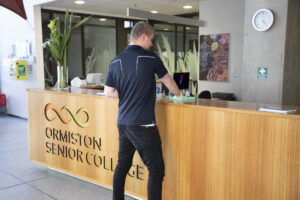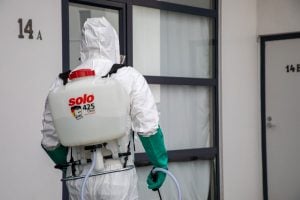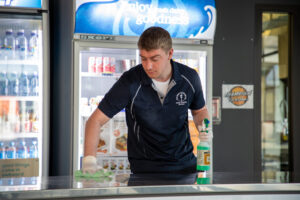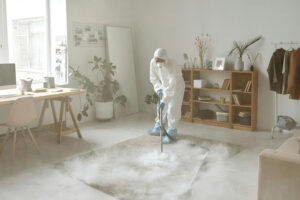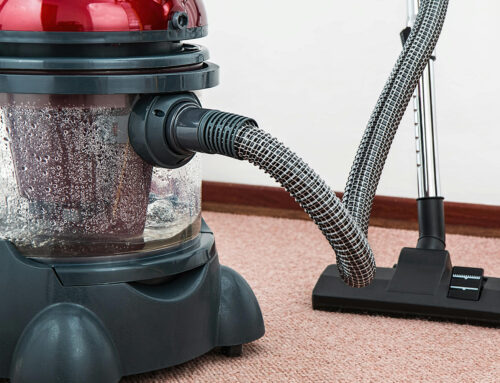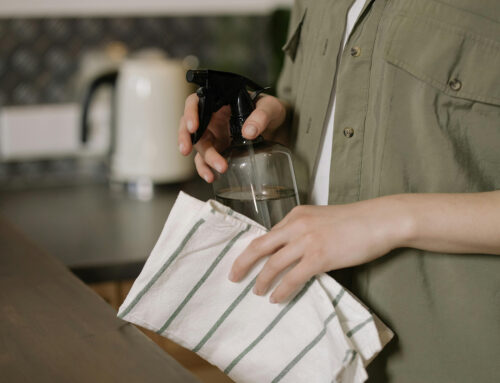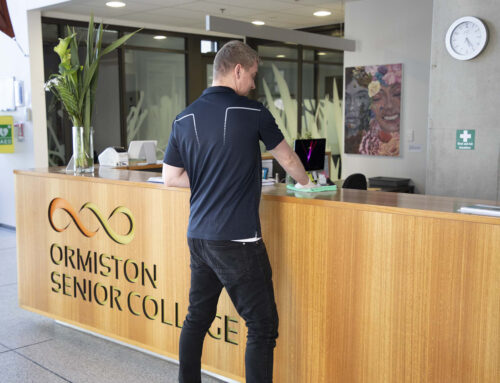With more businesses gradually re-opening throughout New Zealand, it is crucial to be aware of these 6 office germ hotspots. So, you and your employees can help prevent the spread of Covid-19 and work in a clean and healthy environment.
Scroll down below to find out what the 6 office germ hotspots are!
Office Germ Hotspot 1: Office Desk
Office desks are known for breeding germs; in fact, the typical office desk is home to 10 million bacteria. 400 times more than a toilet seat, and men’s workspaces are 220% dirtier than women’s workspaces. Office desks are one of the least hygienic places in the office and transfer many germs and bacteria. Everything we touch could be carrying harmful bacteria and viruses. This includes telephones, cellphones, computers, laptops, mousepads, computer mouse, pens, mugs, drawers, etc.
Top Tips
- Set antibacterial wipes and sanitisers on office desks when working. This is to encourage you to regularly disinfect/sanitise and clean your work equipment and electronics.
- 62% of people eat their lunch at their desks and 50% snack at their desk. Avoid eating at your desks as crumbs can fall, inviting more germs and bacteria to hang about.
- However, if you are eating at your office desk, move the keyboard away so it doesn’t collect crumbs. Ensure to wash your hands before touching your food or use a hand sanitiser.
- Remember to also wash your hands thoroughly after eating or using the bathroom.
- Clean and sanitise your phone and telephones to remove any unwanted bacteria or viruses.
- Throw away your rubbish and packaging immediately rather than have it lay on your desk. Leaving food or crumbs around can invite pests – which is another origin of germs!
Click here for more juicy tips on how to keep your office workspace clean and tidy!

Office Germ Hotspot 2: Fridge
You could collect bacteria and viruses from touching fridge handles after your work colleagues have placed their germs on them. Additionally, there are dangers of keeping foods past its expiry date. This can further lead to diseases or increase your risk of catching Listeria, causing miscarriages, and leading to death.
When consuming ready-to-eat foods such as sandwiches and salads, take cautionary, eat them in date, and store below 5°C. Respect other people’s food and beware of how you place and store raw meat and vegetables in a fridge. They can become contaminated with food poisoning bacteria. As Campylobacter and E. coli have been found on the outer packaging and inside fridges.
Top Tips
- Protect your food by placing it in closed-lid containers.
- Discard expired food and leftovers regularly.
- Create and set a weekly/fortnightly schedule to clean out the fridge e.g., at the end of the week. (Or you can ask your office cleaners to do this for you).
- Sanitise the fridge handle with an antibacterial wipe or a disinfectant/sanitising spray regularly.
- Check the fridge’s temperature by using a thermometer, which you can easily purchase from a supermarket at a low price.
- Place ready-to-eat meals at the top of the fridge away from raw food.
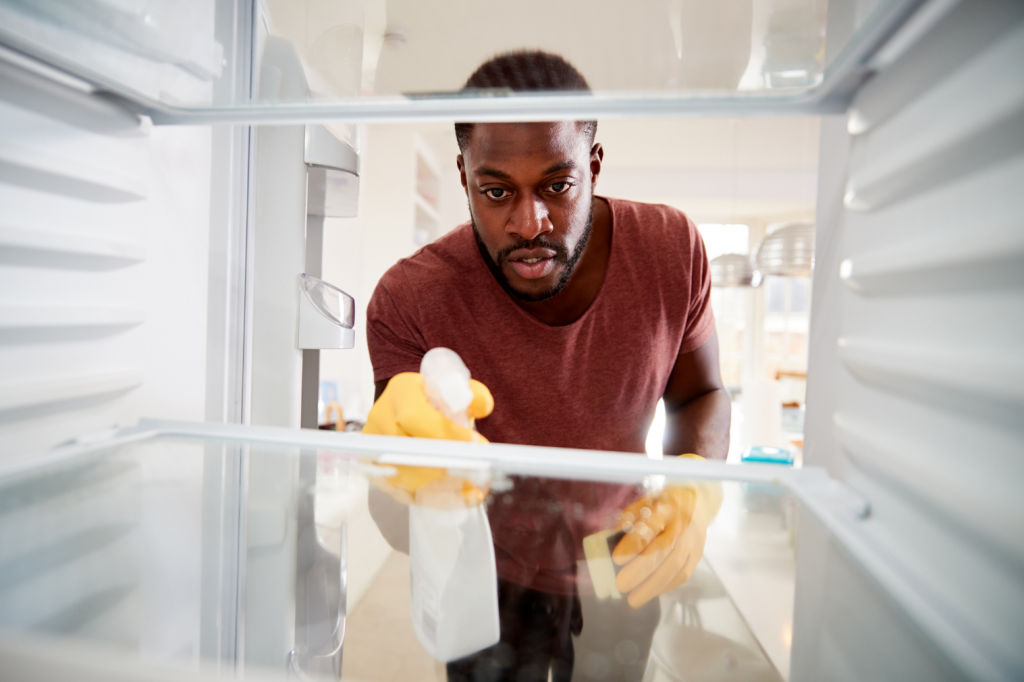
Office Germ Hotspot 3: Keyboard and Mouse
Keyboards and mouses are one of the most prominent offices germ hotspots. For instance, 21,000 germs per square inch exist on your mouse, keyboard, and chair. When you share your work desks and desk equipment, it increases your chances of becoming infected by other people’s germs. Everything we touch could be carrying harmful bacteria and viruses. This includes telephones, cellphones, computers, laptops, mousepads, computer mouse, pens, mugs, drawers, etc.
Top Tips
- Regularly clean and wipe your desk and desk equipment using antibacterial wipes, especially if you’re hot desking. As others may have a cold or the flu and this action helps stop the spread.
- Use a hand sanitiser frequently and wash your hands before and after eating.
- Move the keyboard away, so it doesn’t collect crumbs.
- Dispose of your rubbish/tissues into the bin after use rather than have it lay on your desk near your equipment.
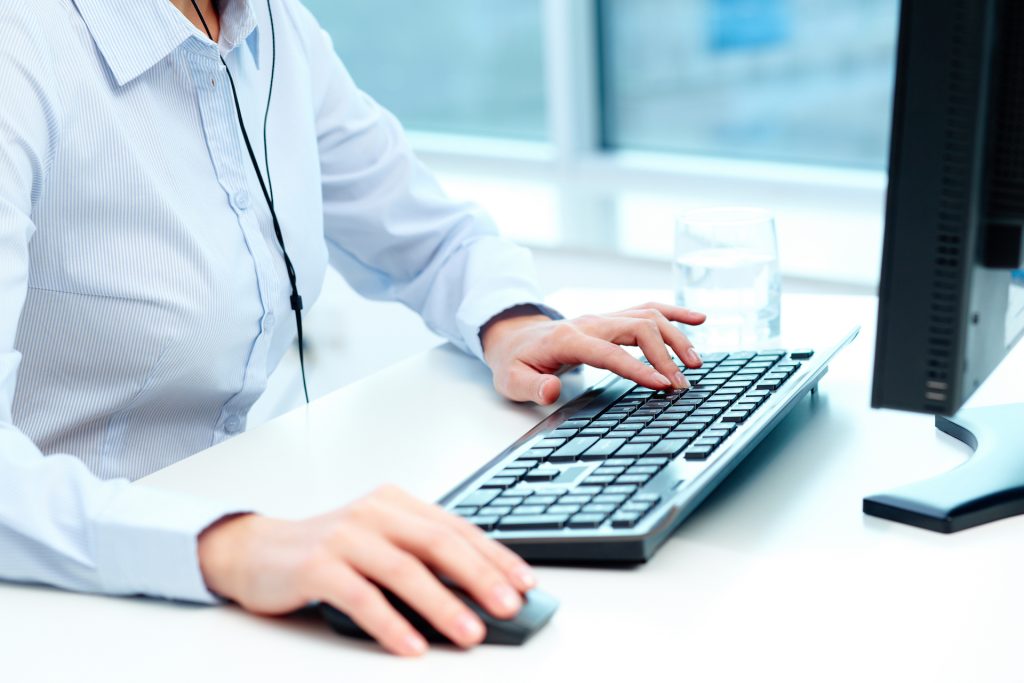
Office Germ Hotspot 4: Mugs
Did you know? 1 in 5 office mugs carries faecal bacteria. With many office mugs abandoned on desks, it increases the likelihood for mould and bacteria to grow. Just rinsing a mug may not get rid of another colleague’s germs. Meaning you could contract their germs and a cold (if they have one).
Top Tips
- Rinse your cup after every drink. Remember to put in either in the dishwasher for a good clean. Or thoroughly wash it out with soap and a clean sponge.
- After you have cleaned your mug, leave it on your desk, ready for use only the next day. (Don’t share it with anyone else).
- Alternatively, you could purchase your own mug or bottle for hot drinks. Try to buy one with smooth surfaces so that they are easy to wash out.
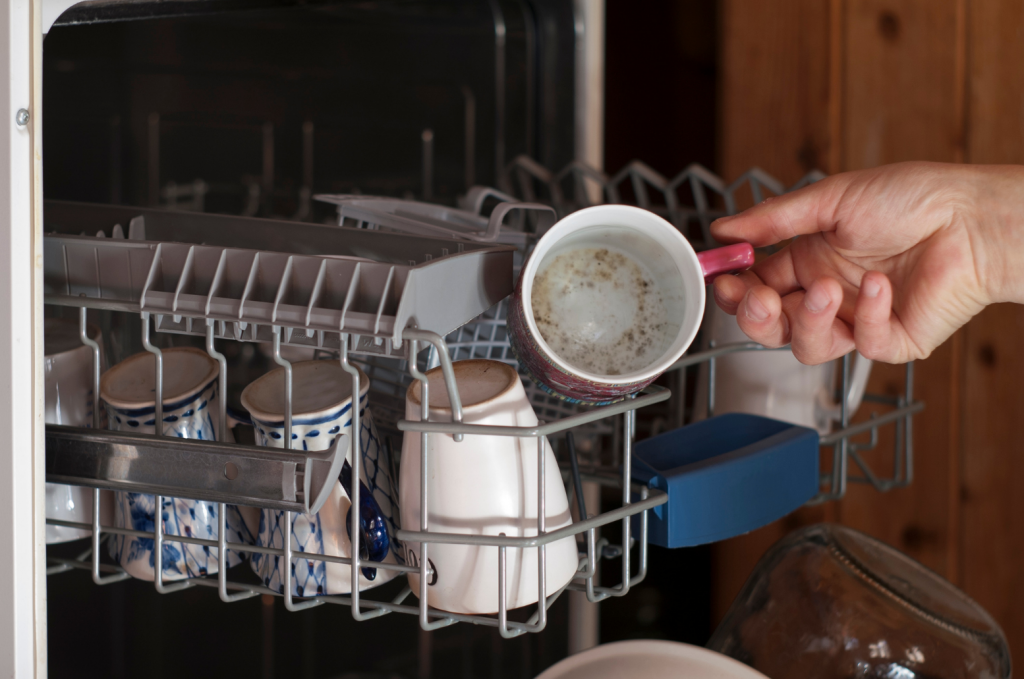
Office Germ Hotspot 5: Door Handles
Door Handles are known as some of the most frequently touched objects in the office. They carry multiple germs and spreading many diseases such as coronavirus. What would happen if someone was not to wash their hands after using the bathroom? Well then, these germs and viruses could be transferred to different surfaces around the office. This is more common than what you may think. 1 in 4 office workers don’t wash their hands after using the toilet.
Top Tips
- Remember to always wash your hands after using the bathroom and try not to touch the door handle directly. (Use some tissue, your elbows, or your hand with a sleeve to open the door).
- Apply hand sanitiser before going back to your desk, especially if you’re going to eat. (To encourage the use of a hand sanitiser, place them near doors for employees to use).
- Ensure to disinfect door handles at the end of each day.

Office Germ Hotspot 6: Printer/Photocopier
Who knew the printer/photocopier would be part of the six office germ hotspots list? It’s crazy to think, but did you know that the average photocopier/printer gets touched 300 times a day? This means you could pick up whatever germs were left on the photocopier/printer by your other employees. If these employees were sick and forgot to wash or disinfect their hands. You could become infected and potentially catch whatever cold or flu virus they had.
Top Tips
- Place antibacterial wipes or hand sanitisers near the photocopier/printer. This will encourage you and your employees to sanitise your hands before using it.
- Ensure the photocopier/printer gets disinfected every evening by the cleaners.
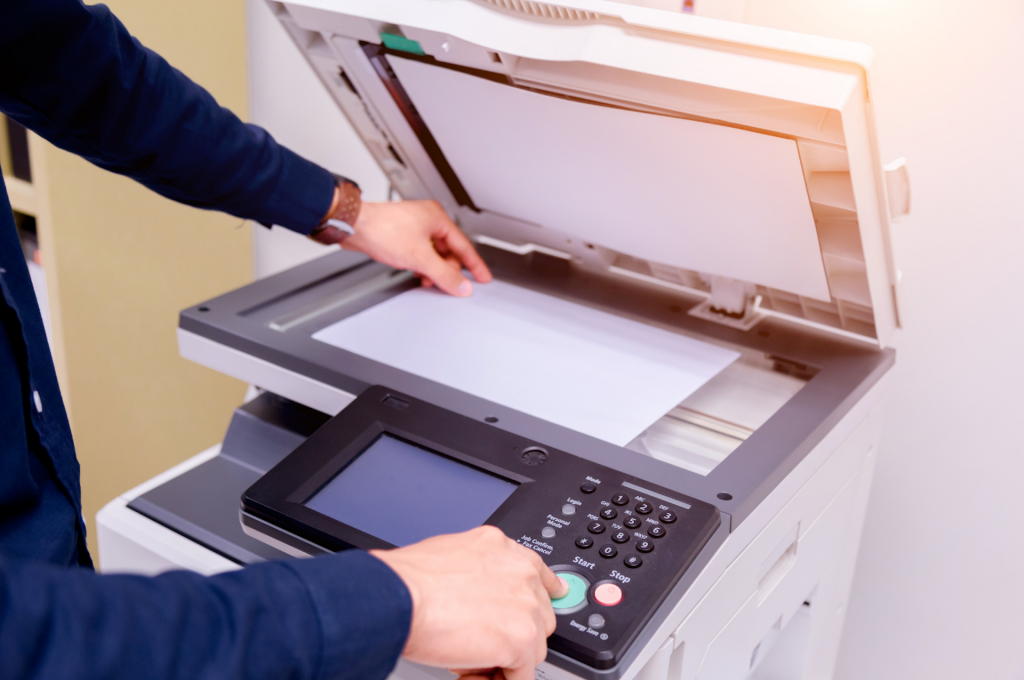
Send Us A Message
We all know how hectic things can get in the office, so if things get too busy at your workplace.
We RAMS Cleaning Services can ensure all of these office germ hotspots are thoroughly cleaned and disinfected for you.
Call us or Enquire Today to Receive a Healthy and Clean Workplace for both you, your employees, and customers!



